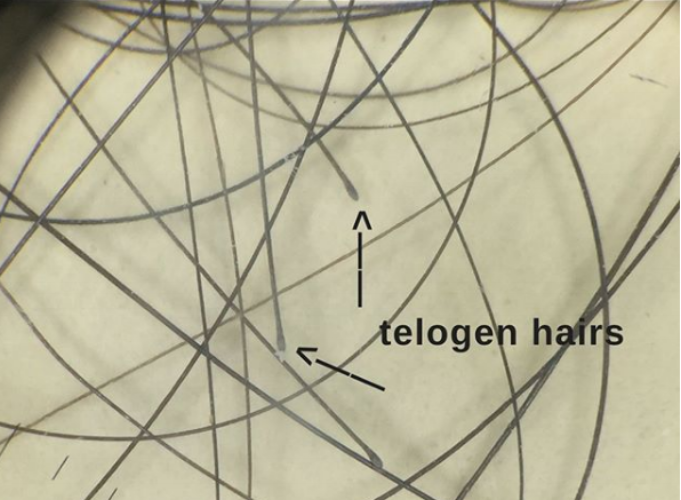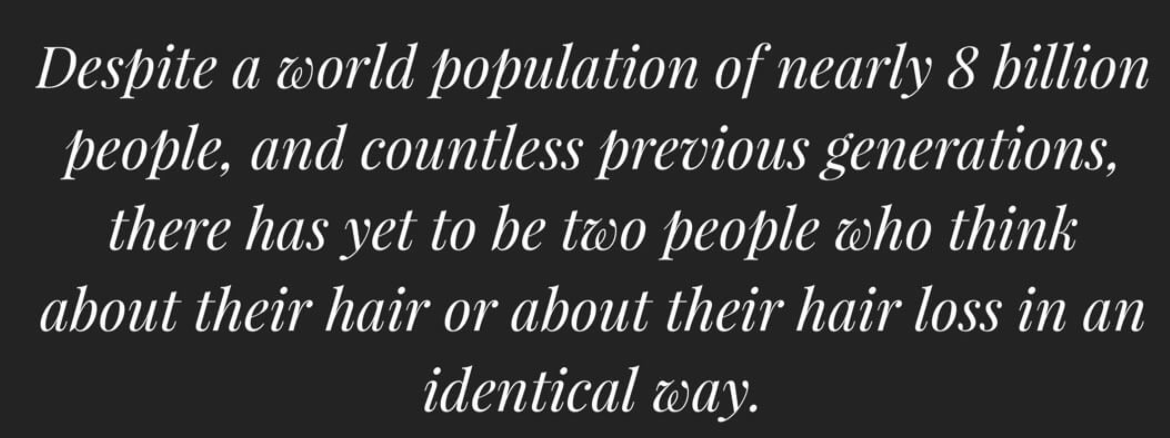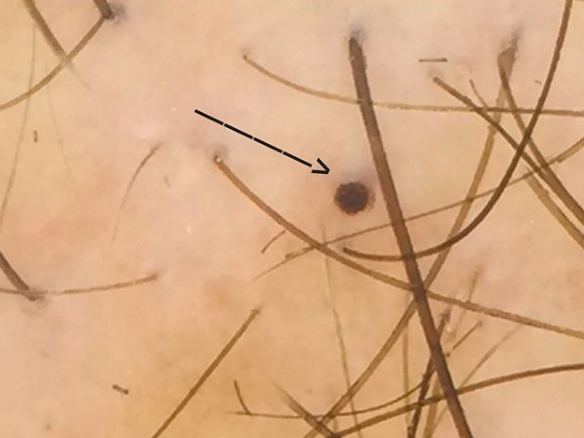Topical Minoxidil for Women: Which Strength ? Which Type?
Minoxidil is a topical product for treating androgenic alopecia. It was first approved in 1988 for this indication. Depending on the advice of the treating physician, minoxidil may also be used off label to treat several other types of hair loss as well, such as alopecia areata, some scarring alopecias and some forms of hair loss related to chemotherapy.
Both minoxidil 2 % and 5 % are approved for use in men.
Both minoxidil 2 % and 5 % are approved for use in women.
What are the typical types of minoxidil that I will see at the pharmacy?
There are several main types types of minoxidil that a patient will encounter when they enter the pharmacy. At first glance it seems to be a bewildering array of options. The internet is full of claims that one type is better than another. Some companies state that their spray is the way to go - and using the foam or liquid dropper is less effective. Others promote their foam, saying that anything else is less effective.
First, we’ll take a look at the types of minoxidil products that are commonly seen and then return to some practical tips.
MINOXIDIL PRODUCTS MARKETED TO WOMEN
1) 2% Minoxidil Lotion (Dropper) for Women.
2) 2% Minoxidil Spray for Women.
3) 5% Minoxidil Lotion (Dropper) for Women
4) 5% Minoxidil Spray for Women
5) 5% Minoxidil Foam for Women
MINOXIDIL PRODUCTS MARKETED TO MEN
1) 2 % Minoxidil Lotion (Dropper) for Men
2) 2 % Minoxidil Spray for Men
3) 5% Minoxidil Lotion (Dropper) for Men
4) 5% Minoxidil Spray for Men
5) 5% Minoxidil Foam for Men
Practical Tips for Minoxidil Use and Application
As we can see from the above lists, there are many types of minoxidil. This is only a partial list as other types can also be made through compounding pharmacies. For example, the less common off label use of 7.5 % or 10 % minoxidil, or liposomal minoxidil compounded with anti androgens like finasateride.
Here are some practical pointers about use of minoxidil:
1) The men’s and women’s products are usually identical so go with whatever is less expensive and use according to your doctor’s recommendations.
A bottle of 2 % men’s minoxidil is generally identical to a bottle of 2 % women’s minoxidil. One might be a different color. One might say clearly on the packaging that it is “for men only” and the other for women only, but the products are identical. Understandably it’s creates some confusion and anxiety when a woman starts to use a bottle of 2% minoxidil liquid that states on the packaging “for men only.” However, the product is the same as the 2 % minoxidil lotion for women. If a patient has any questions about which minoxidil to use, they should take a photo of the product they have found and simply send it to their own treating physician for confirmation that it is the right product.
A bottle of 2 % minoxidil lotion is used at 1 mL twice daily regardless of whether the female is using the version marketed to men or the version marketed to women.
Minoxidil 5 % foam for men is generally the same identical product as minoxidil 5% foam for women. The men’s foam is usually less expensive so a physician may recommend that some of their female patients simply use the men’s minoxidil foam. Understandably it’s creates some confusion and anxiety when a woman starts to use a bottle of minoxidil foam that states on the packaging “for men only.” However, the product is the same as the 5 % minoxidil foam for women.
A bottle of 5 % minoxidil foam is used at a dose of 1/2 cap once daily regardless of whether the female is using the version marketed to men or the version marketed to women. If the female choses to use the version marketed to men, it will of course indicate that use is twice daily on the packaging - but those are the instructions for men. All users should use the product according to the specific recommendations given by their health care providers.
2) Experiment with Different Formulations
Most patients with hair loss prefer the foams over the liquid (dropper or spray) formulations of minoxidil. They tend to be less greasy and less irritating. However, not everyone prefers the foam and some clearly prefer the lotion for the easy of getting small amounts all over the scalp. Patients with thicker or curlier hair may prefer the lotion in some cases. Patients with widespread areas of hair loss may also prefer the liquid (dropper) formulations as it is easier to spread 1 mL (25 drops) all over the scalp as opposed to spreading 1/2 cap all over the scalp.
CONCLUSION
If there is any doubt about which minoxidil one should buy, an individual should simply check with the treating physician. One simply needs to be aware that men’s minoxidil formulations are identical. 2 % minoxidil for men is identical to 2 % minoxidil for women. 5 % minoxidil for men is the same as 5 % minoxidil for women. The packaging might be different and the cautions in fine print might be different. The use is generally the same.



















